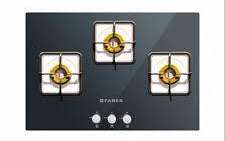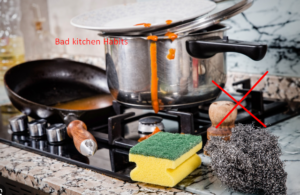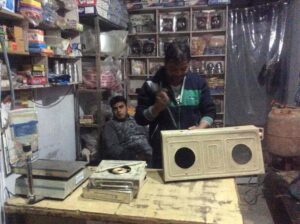Now we provide you some wonderful tips and tricks to repair your stove yourself no need any advance tools you need to just follow our best technicians advice
- Clean your burners
- Check your gas connection
- Check nob of gas stove
- Safety First: Before attempting any repairs, ensure your safety. Turn off the gas supply and unplug the stove from the electrical outlet if applicable. Also, have a fire extinguisher nearby in case of emergencies.
- Clean Regularly: Keeping your stove clean is one of the best ways to prevent problems. Remove grates, burner caps, and other removable parts and clean them with warm, soapy water. Use a soft brush or toothbrush to clean burner ports and ignition systems.
- Unclog Burners: If a burner is not lighting properly, it may be clogged. Use a fine wire or a straightened paperclip to clear any debris from the burner holes.
- Check Ignition System: If the igniter is not working, it may need cleaning or replacement. Typically, igniters are located near the burners and should spark when the stove is turned on. If they don’t, clean them with a soft brush and ensure they are properly aligned. If they still don’t work, you may need to replace them.
- Inspect Gas Supply: If the stove doesn’t light at all, check the gas supply. Make sure the gas valve is fully open and that there are no leaks in the gas line. If you suspect a gas leak, turn off the gas supply immediately and contact a professional.
- Adjust Flame: If the flames on your burners are uneven or too high/low, you can adjust them. Consult your stove’s manual for specific instructions, as the method can vary depending on the model.
- Clean the Pilot Light: If your stove has a pilot light that won’t stay lit, it may need cleaning. Follow your stove’s manual for guidance on accessing and cleaning the pilot light.
- Replace Worn Parts: Over time, parts like burner grates, knobs, and burner caps may become worn or damaged. Replace them as needed to maintain optimal performance.
- Inspect Gas Lines: Periodically check for any visible damage or wear on the gas lines. If you notice any issues, contact a professional to repair or replace them.
- Call a Professional: For any major repairs, gas leaks, or issues you’re unsure about, it’s best to call a licensed technician. Gas appliances can be dangerous, and it’s important to prioritize safety.






